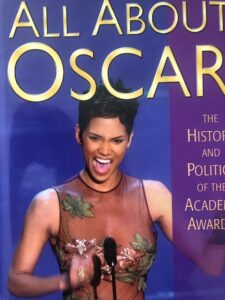One of Bergman’s first international hits, “The Virgin Spring” is set in a medieval village, where a young, spoiled girl, Karin (Brigitta Petersson), the daughter of the wealthy land owner Tore (Max von Sydow) wears a special dress, handmade by 15 virgins, for church. Riding in the woods, Karin is brutally raped and murdered by three itinerant. Taking her gown, the shepherds hope to sell it and move on. They arrive at Tore’s house, where they’re greeted with hospitality. However, when their crime is discovered, Tore is determined to take revenge on the killers, and a spring begins to flow from the site of the girl’s death.
Based on a medieval ballad, the haunting tale takes place in thirteenth-century Sweden, when Christianity and primitive folklore clashed for acceptance. The movie continues to explore thematic motifs in Bergman’s work, such as deep moral and religious questioning, the testing of human faith in God, folktale oppositions (there’s a good sister and a bad one), mythic ideas and symbolic imagery (the killers are a threesome of shepherds).
The grim but beautifully made fable was written by Ulla Isaakson and photographed by Sven Nykvist, the first in a long and fruitful collaboration with Bergman that will both artists followers all over the world.
Following the 1957 “The Seventh Seal” and preceding the 1961 “Through a Glass Darkly,” “The Virgin Spring was made (in 1959, but released in the U.S. later) at the peak of Bergman’s creativity and international popularity.
The cast is nothing short of brilliant. Some actors have worked or would work with Bergman again: Max von Sydow (“The Seventh Seal,” “Wild Strawberries”), Birgitta Valberg (“Smiles of a Summer Night”), and Gunnel Lindblom (“The Seventh Seal,” “The Silence”).
Winner of the 1960 Best Foreign Language Picture Oscar, The Virgin Spring was nominated for B/W Costume Design by Marik Vos, but the costuming award went to Edith Head and Edward Stevenson for “The Facts of Life.”
In 1973, Vos was Oscar-nominated for “Cries and Whispers, which he again lost to Edith Head, who did the period costumes for “The Sting.”
Nonetheless, for his third nomination, the lush costumes of the period family drama, “Fanny & Alexander,” in 1983, he finally won the Oscar.











